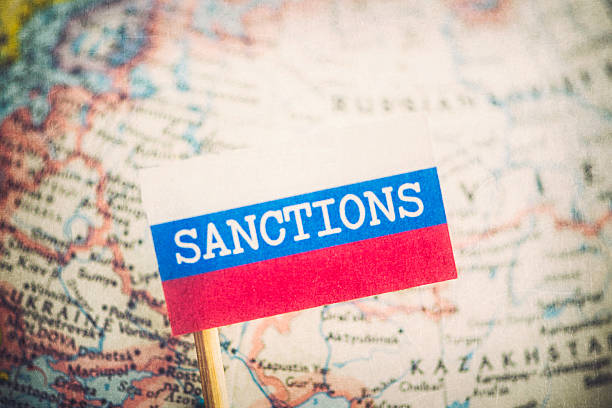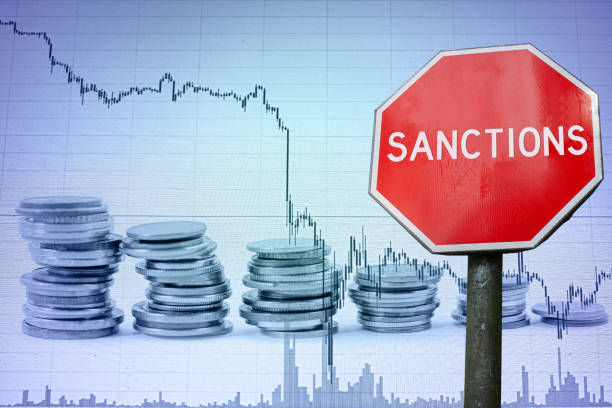



The United States implaced sanctions on Russia in 2014 following their annexation of Crimea and in 2022 after their invasion of Ukraine. Due to the fact the situation with the 2022 sanctions being so recent, we are not entirely sure of its lasting impact. However, we can look at the 2013 sanctions to gather an idea of how the 2022 sanctions will alter the economy.
This graph shows the FDI and GDP from the years 1992 - 2020. It can be seen that both the GDP and FDI took a lasting hit after the sanctions imposed in 2014. The brighter the color of the bar the larger the FDI for the year. Russia had a steadily growing FDI and GDP up until their 2014 annexation of Crimea. It can be seen that sancitons do have a lasting impact on te economy of the countries in which they are in place.
The FDI, Foreign Direct Investment represents the amount of money foreign countries are putting into the country. The graph above shows the FDI for Russia from 1992 to 2020. There is a dramatic decrease in FDI for Russia after 2013 as in the years of 2014-2020. The FDI drops below half of the 2013 value and never goes above half of the 2013 value. It can be inferred from this graph that other countries will not wish to put money into countries after sanctions at it can be a risky business to be associated with a country who has been sanctioned.